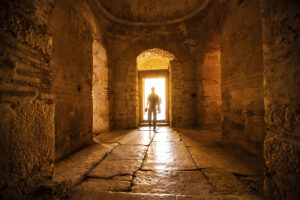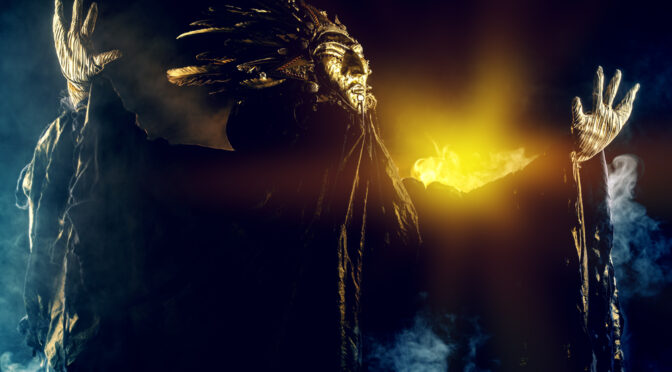Before monotheistic religion took over the world, people worshipped a more tangible entity. They worshipped something that they knew provided life and energy to themselves and everything around them, something that seemed to exude power and authority. That entity was the sun.
Cultures That Worshipped The Sun:
Sun worship is commonly associated with “pagan” religions, but it is much less common than most people think. Although many major religions revolve around the solar cycle, like Christianity and Judaism, very few actually consider the sun to be a god, deity or anything worthy of worshipping.
So, without further ado, here are four cultures that worshipped the sun.
Ancient Egyptians:
Ancient Egypt is probably the most famous sun-worshipping culture. They personified it into the sun-god Ra (who was merged with Horus), which became the dominant god in Egyptian religion. He was said to be the creator of all forms of life.
Ra had many different depictions, but his most common form was that of a man with the head of a falcon and a disk resembling the sun on his head.
Although Ra was the most popular sun god among Ancient Egyptians, different cults worshipped variations of him. Some Egyptians worshipped Aten, a god which was depicted simply as a sun-like disc that was often shown with multiple rays coming out of it which beamed down upon the earth.
So, regardless of which deity Ancient Egyptians worshipped, all of them represented the sun in some way.
Indo-Europeans:
The sun was one of the most popular deities among Indo-European peoples before monotheistic religion took them over. In Hinduism, the god Surya represented the sun and is glorified as an all-seeing god who sheds light on both good and evil actions.
He was said to get rid of darkness as well as evil dreams and diseases. There are also a variety of different sun-based heroes and kings in ancient Indian mythology.
Romans:
 Worship of the sun became very important among Romans during the later periods of Roman history. It even ended up leading to what many historians refer to as “solar monotheism”, which is, in other words, almost complete worship of the sun.
Worship of the sun became very important among Romans during the later periods of Roman history. It even ended up leading to what many historians refer to as “solar monotheism”, which is, in other words, almost complete worship of the sun.
Almost all of the gods during that period had solar-like qualities, and even Jesus had acquired the traits of popular sun gods.
The feast of the Sol Invictus (Unconquered Sun) was a popular tradition celebrated on December 25th by many in the area during that time period. That was, until it was replaced by Christians with Christmas, the celebration of the birth of Jesus Christ.
Native Americans:
The indigenous people of America, including North, Central, and South America all extensively worshipped the sun before European colonialism. The Sun Dance carried out by the Plains Indians of North America is one of the most popular ceremonies revolving around the sun, and was usually carried out after the end of winter.
In the pre-Columbian civilizations living in Mexico and Peru, sun worship was one of the most prominent features of their religion. The Aztec sun gods Huitzilopochtli and Tezcatlipoca demanded human sacrifice from their worshippers, a theme that is still commonly shown in the media and entertainment when portraying Aztec culture.
For more information on sun worship throughout history, watch the video below.
By: The Hearty Soul
Sources:
https://www.britannica.com/topic/sun-worship
http://www.egyptianmyths.net/aten.htm
http://piereligion.org/pierintro.html

